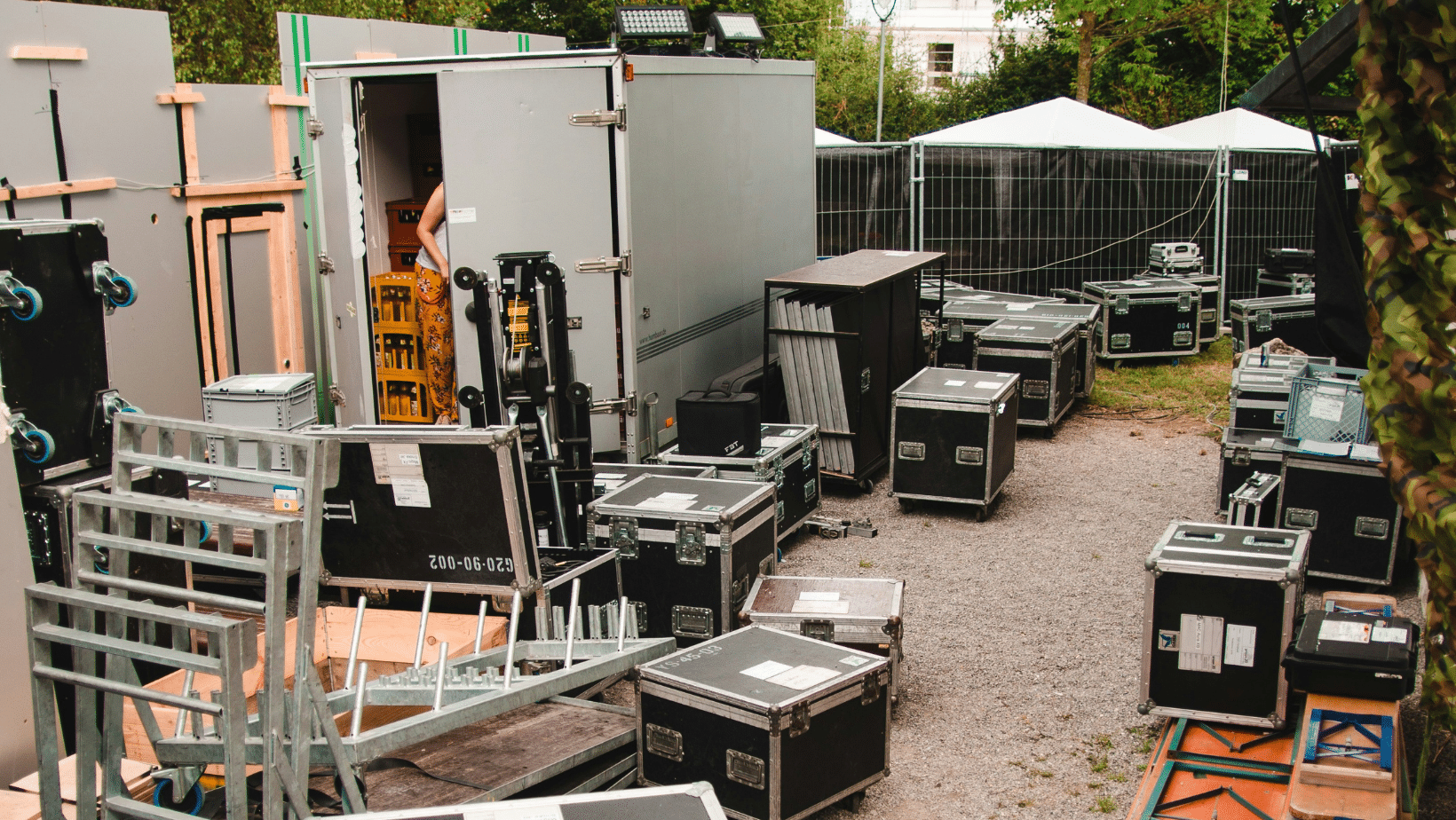The challenges of the past few years have made people feel physically and mentally exhausted. What’s alarming is the impact this fatigue is having on the workplace. Find out more in this latest post by SafeWork NSW.
Waking up to the issue
It is widely recognised that fatigue in the workplace can compromise physical and mental health, safety, and performance. This is particularly so in safety-critical industries where it can cause or contribute to dangerous or costly errors. Think frontline workers and heavy machine operators.
With 7 in 10 professionals suffering from exhaustion and burnout in the wake of the coronavirus pandemic, it’s not surprising to learn that the Sleep Health Survey of Australian Adults found that almost 30% of adults reported making errors at work due to fatigue and sleep problems. Not only can it affect the health and safety of the individual, but it can also impact co-workers, customers, and the community.
According to research by Monash University’s Cooperative Research Centre for Alertness, Safety and Productivity, fatigue causes almost 10,000 serious workplace injuries and costs the Australian economy over $5 billion in lost productivity and healthcare costs each year.
The challenge for employers is not only identifying the causes of fatigue, which can be work related, non-work related or a combination of both, but how to prioritise employee wellness with competing demands, and knowing where and how to start.
Three actions for minimising fatigue in the workplace
Recognising and managing fatigue-related risks in the workplace is an essential part of creating a safe, healthy, and productive workplace. Here are three actions you can take to do just that.
1. Start with good work design
This is about creating a workplace where fatigue-related risks can be removed or minimised, so employees can achieve greater job satisfaction, productivity and performance. To implement good work design, you need to:
Consider: what and who is involved in performing each work task.
Consult: with staff about how the work could best be completed.
Identify: and address workplace factors.
Review: work design regularly and collectively so it can evolve with the needs of employees and the business.
2. Ensure role clarity
When an employee’s understanding of their role differs to a leader’s expectations, both can feel frustrated, overwhelmed, or experience stress. Operating in this way can be mentally draining, which can create fatigue. Creating role clarity helps manage these expectations, which can lead to improved collaboration, productivity and staff retention.
3. Regularly monitor workloads
Burnout from working during COVID-19 was one of the major reasons people left their job in 2021. By regularly monitoring workloads, employers can identify potential factors or challenges that could impact performance and wellbeing and ensure employee workloads are manageable.
TIP: Start your journey towards a mentally healthy workplace by taking our quick Workplace Pulse Check. Within five minutes of using the tool you’ll receive your results and a list of practical actions you can take to improve your workplace.
A positive step in the right direction
Prevention and management of fatigue-related risks in the workplace can only be successful when people are engaged at all levels. Our free Direct Practical Coaching program offers you one-on-one business coaching that’s designed to help you:
- address specific mental health topics at work such as stress, bullying and excessive workloads
- access tools and resources for you and your staff
- get referrals to other programs (if required).
Coaching can be provided online or over the phone at a time that suits you.
Do you need further information?
Workers and leaders have a duty of care to make sure fatigue doesn’t create a risk to people’s health and safety. SafeWork NSW and SafeWork Australia have a number of dedicated resources to help you manage fatigue in the workplace.


